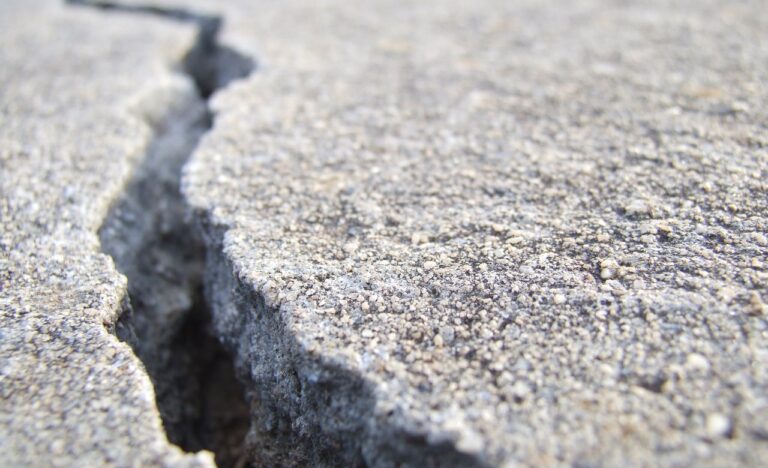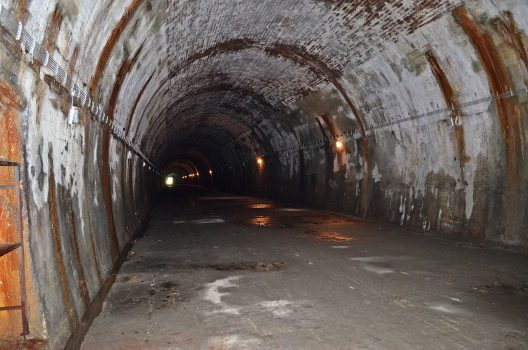Concrete crack repair is essential in maintaining the integrity and longevity of concrete structures. Over time, cracks can develop due to factors like shrinkage, weather, or other outside forces. While several methods for concrete crack repair exist, one approach that has gained prominence is using injectors. These specialized tools are available in different types and materials and offer an efficient solution for addressing a range of applications. To better understand their differences, let us break down some of the applications of injection packers and ports for concrete crack repair.

Structural Repairs
Structural repairs aim to restore cracked or damaged concrete elements, ensuring their strength and stability. These repairs are essential to prevent further deterioration and extend the lifespan of the concrete. Epoxy injection is a commonly used method for structural repairs, involving the injection of epoxy resin to fill and bond cracks. Surface mounted ports or injection packers are crucial in delivering the epoxy resin into the fissures, ensuring thorough penetration and restoration of structural integrity. This process not only restores the tensile strength of the concrete but can also enhance it. Injectors enable precise placement of epoxy, reinforcing the structure and preventing additional deterioration.

Leak Sealing
Concrete structures can develop cracks over time, allowing water to infiltrate and cause damage. This cracking can compromise structural integrity and lead to moisture-related problems. Contractors employ leak-sealing techniques to prevent or stop water leakage through these cracks. One effective method is injecting polyurethane foam into the cracks. Polyurethane foam expands upon contact with water, ensuring thorough penetration and filling of the crack. Injection packers help distribute the foam evenly, effectively sealing the leak and preserving the durability of the concrete.
Filling Voids
Voids in concrete compromise structure stability and load-bearing capacity. Unfilled voids increase the risk of cracking, collapse, and water infiltration. Void filling restores stability, making repaired concrete more solid and resistant. Injectors target voids effectively, enabling controlled delivery of filler for complete consolidation. The choice of filler material depends on void size, depth, and repair requirements, including cementitious grouts, epoxy resins, or polyurethane foams.
Curtain Grouting
Curtain grouting is a waterproofing method used in underground structures like basements, tunnels, or anywhere when excavation is not possible to prevent moisture damage. It involves creating a barrier using acrylate gel grouts or polyurethane foams to seal and protect the foundation. This method is suitable for multiple leaks, failed crack repairs, or unidentified leak sources. Polyurethane resins react upon contact with leaks and require injection packers to seal off the affected areas. The injected grout mixes with soil and water, forming a curtain between the ground and the structure. Severe leaks may require high-pressure injectors and pumps for effective injection.
Soil Stabilization
Soil stabilization addresses issues like settlement, uneven support, and inadequate bearing capacity to prevent structural problems. It is necessary when constructing or repairing concrete structures on weak or unstable ground. Injectors are vital in soil stabilization, especially in areas with weak or loose soils. They inject specialized grouts or resins into the soil to enhance its load-bearing capacity and stability. The injected materials bind soil particles together, increasing cohesion and preventing movement or settlement. Soil stabilization is commonly used in foundation construction, retaining walls, and other structures requiring stable soil conditions.

Slab Lifting
Slab lifting, also called slab jacking or concrete leveling, is used to raise sunken or uneven concrete slabs like sidewalks, driveways, or floors. It is a cost-effective alternative to replacing the entire slab, as it eliminates the need for extensive demolition and new construction. Slab lifting is less disruptive, involving a quick and simple process that minimizes downtime and inconvenience. Injectors are crucial in this method, as they inject high-density polyurethane foam or grout beneath the sunken slab. The injected material expands, filling voids and restoring the slab to its original position. Injectors enable precise injection for accurate leveling, reducing the need for expensive slab replacement.
As you can see, injectors are essential for these and other areas of concrete crack repair. They offer an efficient and precise solution for maintaining the integrity and longevity of concrete structures. They ensure thorough penetration, restoration of structural integrity, and enhanced durability. By utilizing injectors, contractors can effectively repair cracks, seal leaks, stabilize soil, and lift sunken slabs, minimizing downtime, reducing costs, and extending the lifespan of concrete structures.
Learn about MABI’s complete range of injection packers for concrete repair.